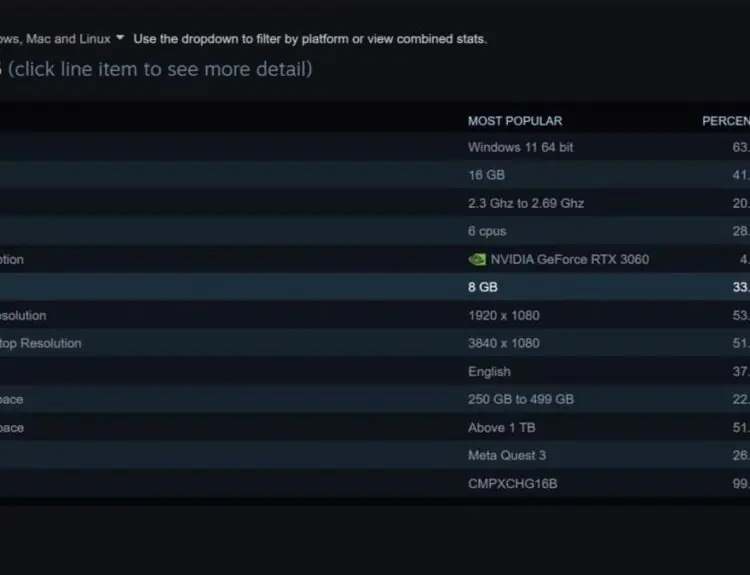Google’s VR dream has ended in a nightmare.
The tech giant confirmed that the Pixel 4 and the Pixel 4 XL would no longer support the VR headset. Also, other Daydream-ready phones would not be able to play the virtual reality platform anymore.
Aside from Google phones, other Daydream-ready devices include Galaxy S8/S8+, LG V30, Moto Z2 Force, and Mate 9 Pro.
A Google spokesperson said that the reception of the device wasn’t up to par with what they expected. For now, they are stopping the Daydream experiment. The Daydream store and the up will remain up and running for existing users. It’s not clear, however, if Google will release updates and patches in the future.
When you go to the Google Store and search for Daydream, your query will yield zero results.
The Daydream VR was announced in May 2016 during the Google I/O conference. But the first device didn’t hit the market until November 2016. It was the successor to the Google Cardboard, although their difference was like night and day.
Daydream was originally built into the Android Nougat 7.1 version and continued with the latest versions until now.
It was billed to be a mobile headset, and the first Daydream View was built from lightweight material. When the Daydream hit the market, it quickly overtook the Samsung Gear VR as the primary choice for mobile VR.
The second-gen device was announced in the Google I/O event in 2017. The VR featured a wider field of view, which was the chief complaint on the original headset.
Unfortunately, Google has never worked out the problem of the narrow FOV or field of view. The device could only provide a 90-degree FOV. Even Samsung Gear VR can give a 100-degree FOV. For comparison, Oculus and HTC Vive’s FOV feature a 110-degree FOV. While the narrow FOV is understandable for a mobile accessory, it doesn’t give users a fully immersive experience.
Another issue that hounds the Daydream is the “screen door” effect, although this problem is not the monopoly of Google. Finally, Daydream suffers from a lack of content. Unfortunately, developers are not creating enough apps and games for the VR. With a very limited library, users will naturally turn to other VR platforms for variety.
But what Google achieved in Daydream was give people a glimpse of the future. Perhaps there will come a time when technology would catch up to mobile VR gaming. But for now, users are switching to more powerful VR that mobile devices can only dream of.





